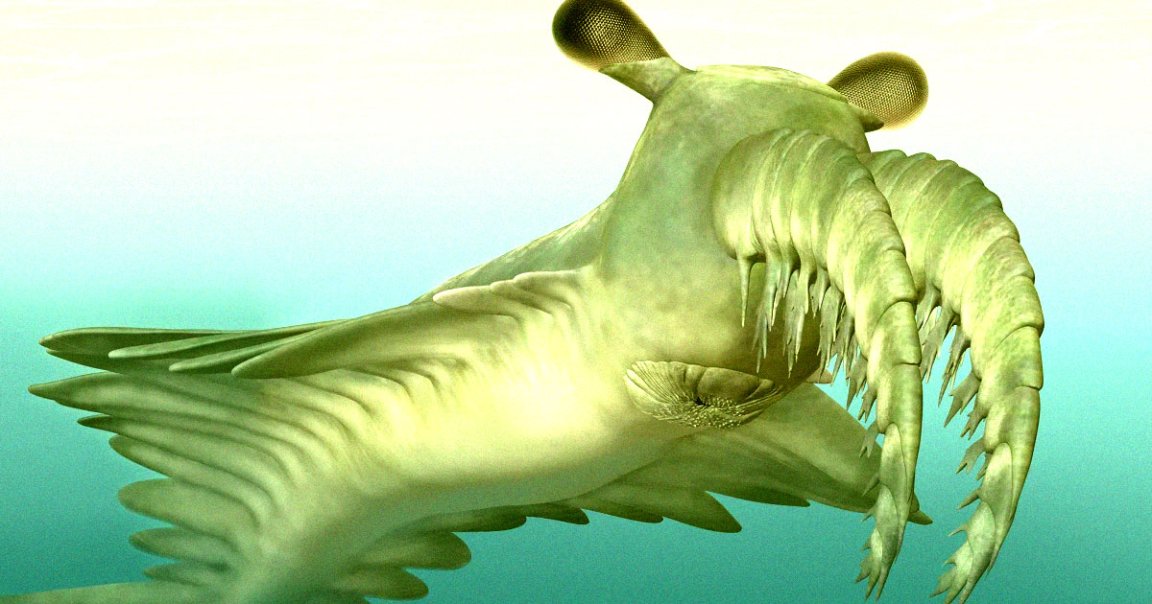
Soft and Squishy
We all have our strengths, but unfortunately for some, being strong isn’t one of them.
In a new study, an international team of scientists offered evidence that Anomalocaris canadensis, a long-extinct ocean predator whose name translates to “weird shrimp from Canada,” wasn’t as powerful or strong a predator as researchers previously believed.
According to the new research published Monday in the journal Proceedings of the Royal Society, the Cambrian-era “apex predator,” which could grow up to two feet in length, was simply too “squishy” and weak to hunt and crush rock-hard trilobites for consumption.
The belief that these Canadian predators used brute strength to crush prey “didn’t sit right with me,” said study lead Russell Bicknell, a postdoctoral researcher in the American Museum of Natural History’s Division of Paleontology, in a statement.
“Trilobites have a very strong exoskeleton, which they essentially make out of rock,” he added, “while this animal would have mostly been soft and squishy.”
Tortoise and the Shrimp
To be fair, the sizeable shrimp was pretty monstrous-looking. First discovered back in the late 1800s, the now-extinct critter was equipped with large, menacing, and decidedly floppy front appendages, which could curl, stretch, and grab. Also, it had an extremely spooky, armor-plated mouth-hole.
Research, however, has shed doubt on whether said armor-plated mouth-holes would have been able to process hard food. With those findings in mind, the researchers involved in this latest study set out to determine whether its ferocious-looking appendages would have been able to break down trilobites instead.
Using a technique called finite element analysis, the researchers modeled the suspected stress and strain points on the Canadian shrimp’s front appendages. They were able to conclude that these appendages, though terrifying to look at, were simply not swole enough to crack and crunch rock-like trilobite shells, further confirming the predator’s newer reputation as a weakling.
Instead, the researchers explain, the squishy predators appear to have been incredibly quick and agile, swimming with their front appendages outstretched while hunting other squishy, soft-bodied creatures swimming in the ocean’s water column.
“Previous conceptions were that these animals would have seen the Burgess Shale fauna as a smorgasbord, going after anything they wanted to,” said Bicknell, “but we’re finding that the dynamics of the Cambrian food webs were likely much more complex than we once thought.”
More on ancient animals: Scientists Ponder When Our Ancestors First Started Cranking the Hog